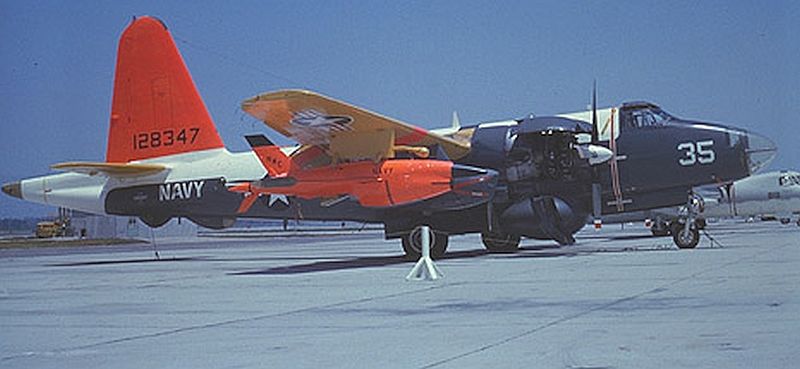
In the previous chapter of my Naval Aviation saga, I finally advanced to my billet of Avionics Technician at the Targets and Drones Avionics Shop. At last, I was working alongside my friend and original sponsor that got me assigned to the Targets Department, Emmett.
After transfer to the Avionics Shop, I was assigned as a line troubleshooter and repair technician. My job was to remove and re-install avionics radios and other equipment from the aircraft on the line. The technicians in the shop and the aircraft maintenance schedules kept me pretty busy with that assignment.
Eventually, since I had the coveted Navy Driver’s License, the Chief Petty Officer over the shop put me in charge of the two “Fox Vans” which were a part of the shop’s maintenance responsibility. The vans were Large (think Class A RV) and contained the electronics for remote control of the drone aircraft as well as a large diesel generator to power all the equipment.
I kept the vans fueled up, ran up the generators once a week and drove the vans with the pilots aboard when they were remotely launching and landing the QF9G drone aircraft from the airfield. For safety of the airfield and its personnel, these operations always had a pilot on board the drones just in case something went wrong with the remote systems. NOLO (No Live Operator) operations were restricted to the Auxiliary Field on San Nicholas Island, 60NM south of Point Mugu. “Saint Nick” is an unpopulated island save for the limited base personnel that stay there. The island had their own Fox Vans.
It was at this time that I became senior enough to upgrade from ATNAN to ATN3 or Airman Avionics Technician Navigation Striker to Airman Avionics Technician Third Class Petty Officer. I passed the exams and got the new stripes plus a “hash mark” on my sleeve, since I now had four years as a sailor. A Hash Mark is awarded for each four years of service, including Navy Reserve time. I enlisted in 1960 and it was now 1964.
Concurrently with my Fox Van duties, I was also qualified to be an aircraft crew member, so I started earning “Flight Skins” as a crew member. “Skins” refers to hazardous duty pay which is in addition to the regular paygrade. Although I managed to serve as crew for several different aircraft on the base, I am particularly proud of my service as radioman on many missions aboard our drone launch aircraft, a Lockheed P2V Neptune converted from submarine detection and combat to launch the Ryan BQM-34A (Q2C) Firebee Drone, which was a pilotless drone also managed by our department.
A typical Firebee launch mission would be to fly downrange (over the Pacific Missile Range) and at some designated point, fire up the drone’s jet engine, release the drone (under remote control from the PMR HQ) and bank the aircraft hard away from the Firebee as it proceeds further downrange to be shot at by the target mission aircraft.
Most of the time, however, the drones would survive and splash down somewhere in the area only to be recovered by an old classic H-34 Sikorsky Wright Cyclone Radial Engine Powered rescue Helicopter. I had the opportunity to fly in the left seat of one of these recovery missions. What a blast!
The image at the top of the article is our P2V with a Firebee Drone attached and ready to fly. Click on either image to enlarge.
So that tells some of the story of those days after the Vietnam conflict had begun, but not yet in full swing. I finished my obligation on active duty and mustered out into the civilian world and pursued a career in aerospace engineering in which I not only supported the conflict overseas, but also space programs and many other technological improvements to the state of the art in electronics and software.
Footnote: I mentioned that my Ham Radio pal, Emmett, was involved in getting me assigned to the Targets division, but we were both involved in the Radio Club at Point Mugu, K6CST. Although I only had a Technician Class License at the time, I was able, under the supervision of the Club’s Lead PO, a General Class Ham, to learn and operate the Club’ various stations including RTTY HF, VHF/UHF, SSB HF, CW HF and more. Local Hams in the Oxnard/Ventura/Camarillo area were also involved in the Radio Club. It was a good camaraderie with those old guys, many of whom are now gone to the Savior. I still miss them.
This concludes the story of that part of my life in the service of our Nation as a young buck willing to take the risks of being a part of the Nation’s defense. I hope you enjoyed the story. God Bless.


 In the
In the 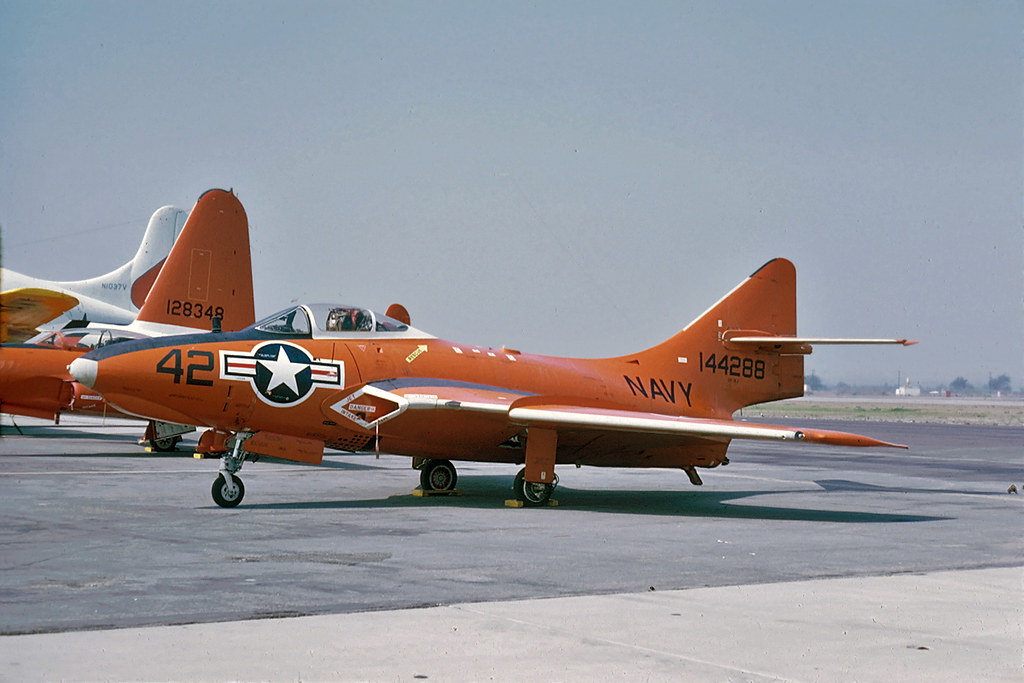
 In
In 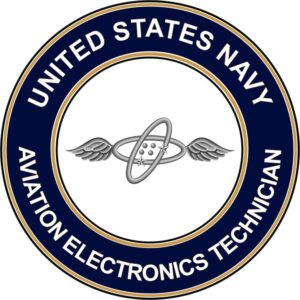 I pulled some old records out of the hard copy files we keep here and scanned them in to PDF documents for posterity. Electronic files can last a lot longer than their paper counterparts.
I pulled some old records out of the hard copy files we keep here and scanned them in to PDF documents for posterity. Electronic files can last a lot longer than their paper counterparts.
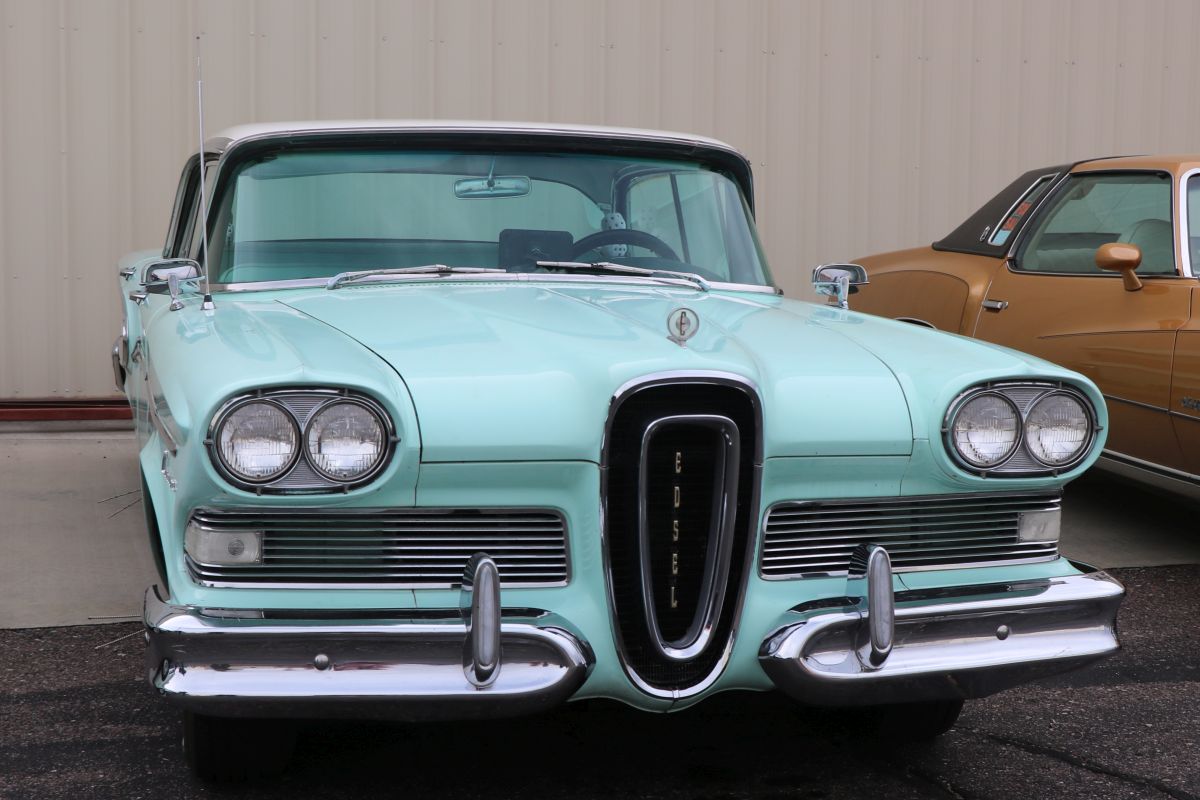
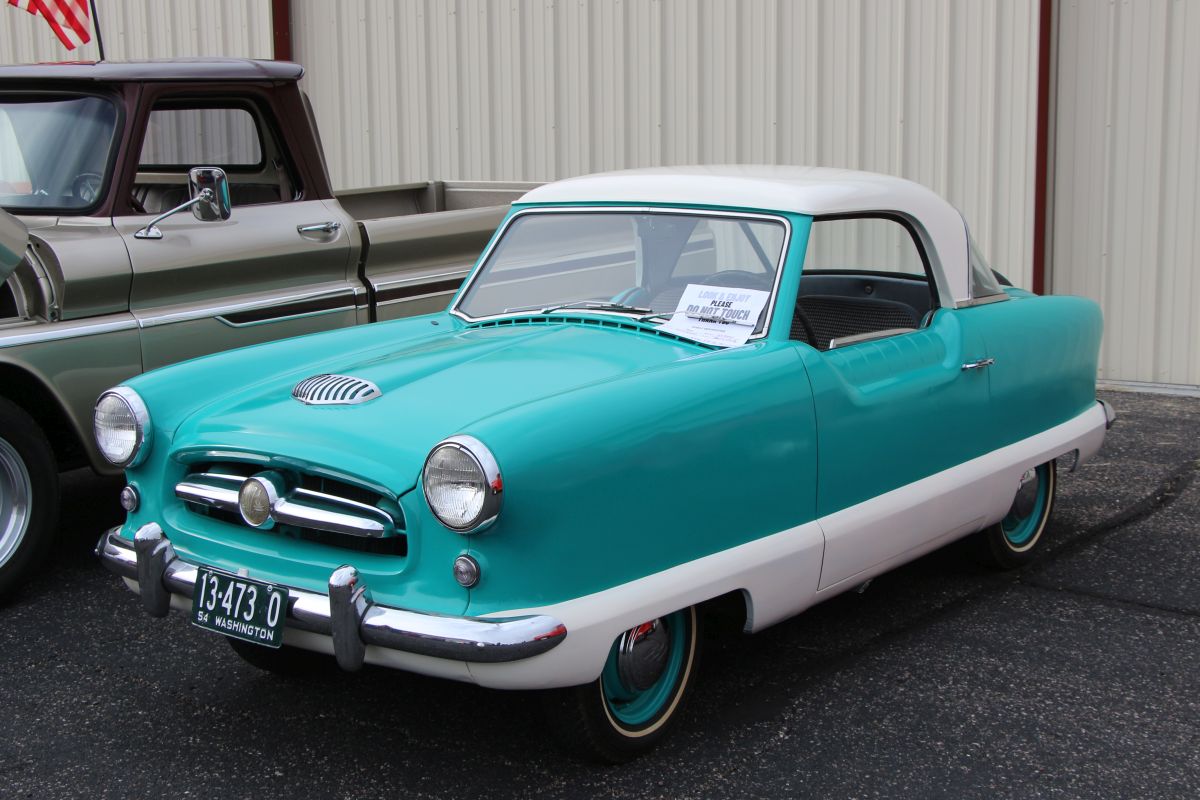
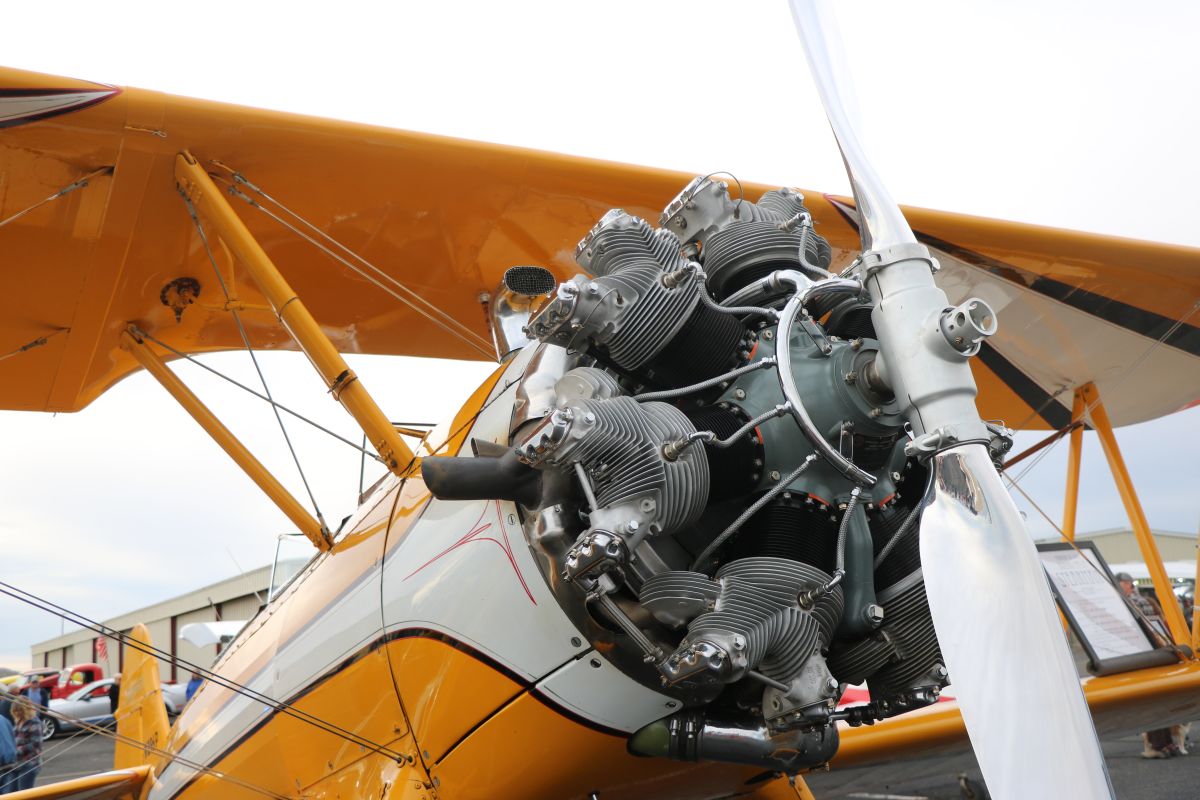

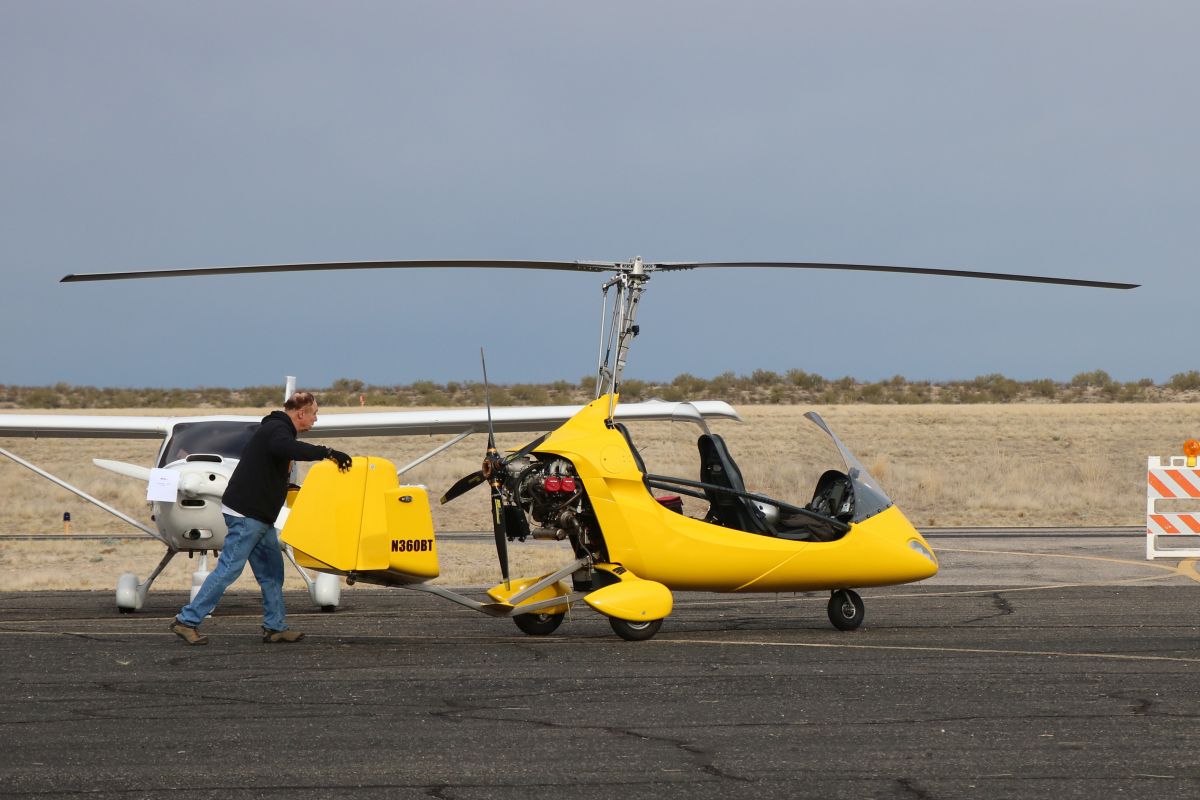

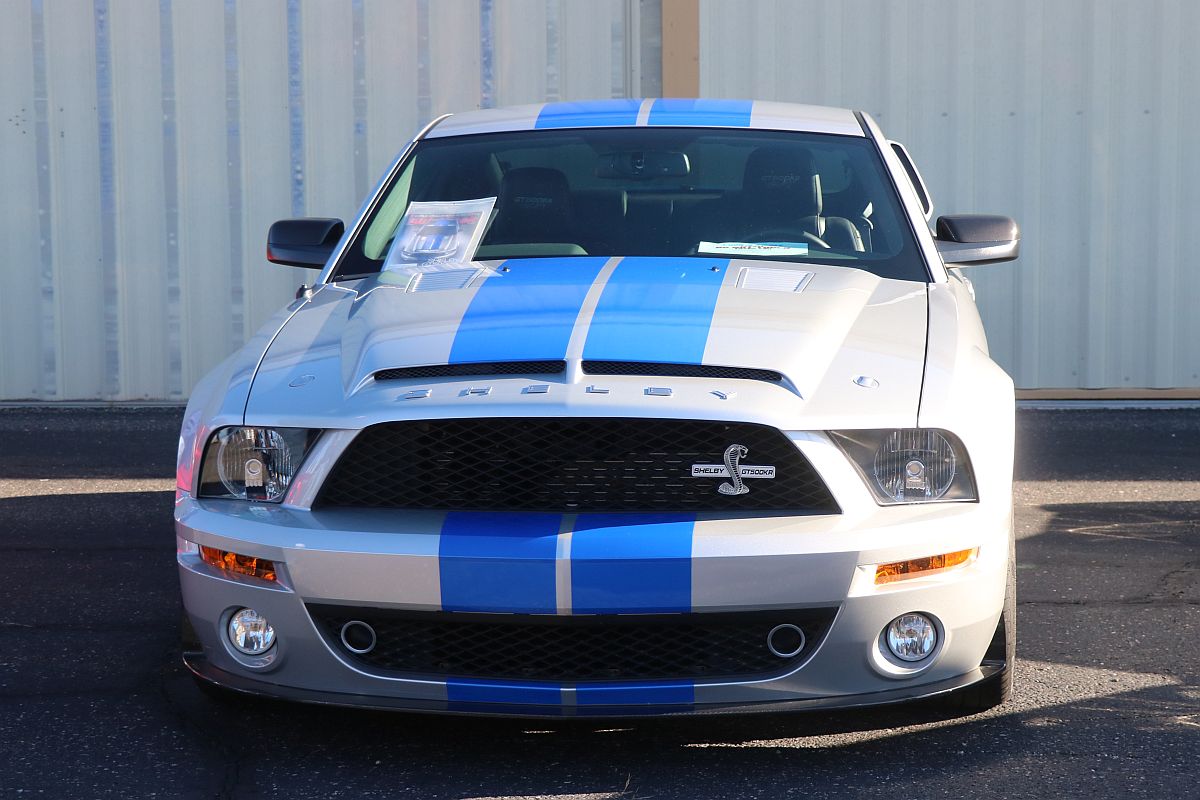


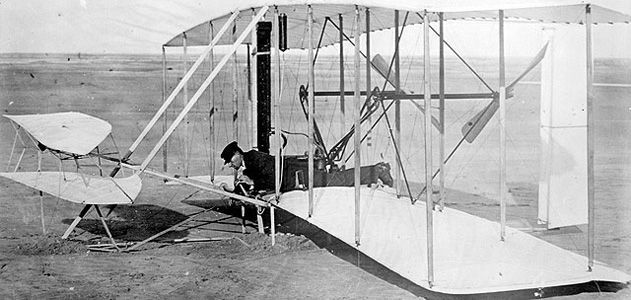
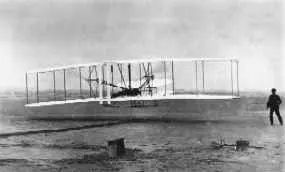 At 10:35, he released the restraining wire. The flyer moved down the rail as Wilbur steadied the wings. Just as Orville left the ground, John Daniels from the lifesaving station snapped the shutter on a preset camera, capturing the historic image of the airborne aircraft with Wilbur running alongside. Again, the flyer was unruly, pitching up and down as Orville overcompensated with the controls. But he kept it aloft until it hit the sand about 120 feet from the rail. Into the 27-mph wind, the groundspeed had been 6.8 mph, for a total airspeed of 34 mph. The brothers took turns flying three more times that day, getting a feel for the controls and increasing their distance with each flight. Wilbur’s second flight – the fourth and last of the day – was an impressive 852 feet in 59 seconds.
At 10:35, he released the restraining wire. The flyer moved down the rail as Wilbur steadied the wings. Just as Orville left the ground, John Daniels from the lifesaving station snapped the shutter on a preset camera, capturing the historic image of the airborne aircraft with Wilbur running alongside. Again, the flyer was unruly, pitching up and down as Orville overcompensated with the controls. But he kept it aloft until it hit the sand about 120 feet from the rail. Into the 27-mph wind, the groundspeed had been 6.8 mph, for a total airspeed of 34 mph. The brothers took turns flying three more times that day, getting a feel for the controls and increasing their distance with each flight. Wilbur’s second flight – the fourth and last of the day – was an impressive 852 feet in 59 seconds.